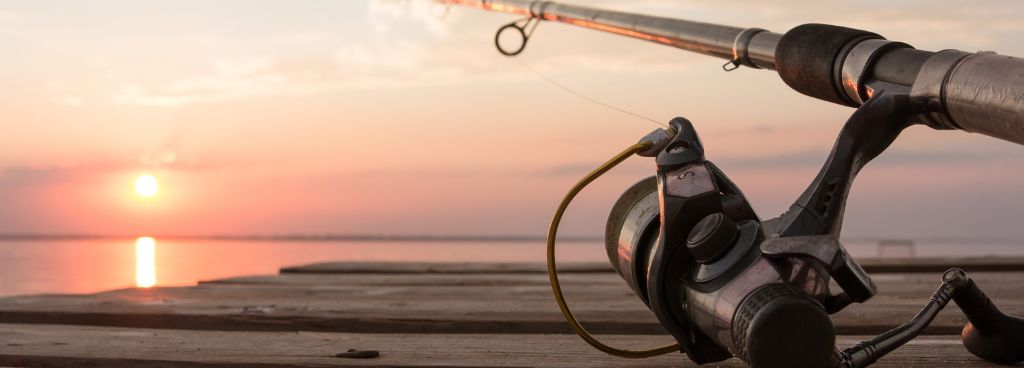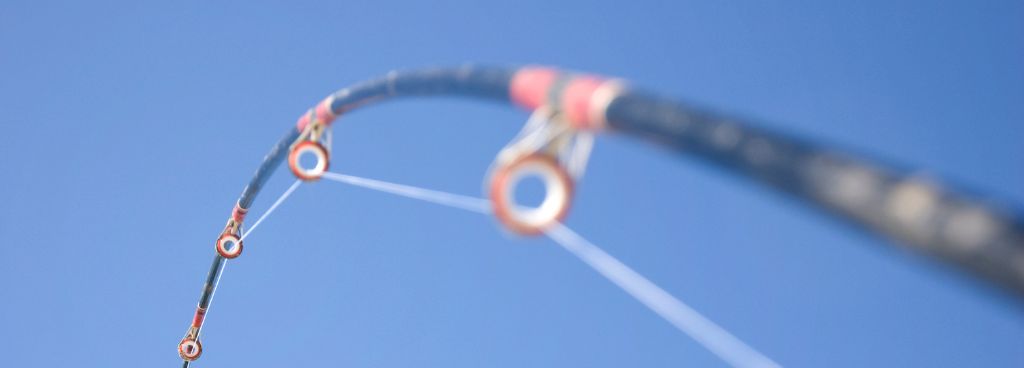Stories Worth Reeling In...
Last Updated on October 10, 2023
Ahoy, fellow anglers! Are you ready to unravel one of the mysteries that tugs at the heart of every fisherman’s curiosity? Picture this: you’re out on the open water, casting your line, and suddenly a question surfaces like a curious fish breaking the surface—Do fishing rods float?
Well, prepare to have your fishing knowledge cast into new depths, for today, we embark on a journey to explore the intriguing world of rod buoyancy. Not only will we answer that burning question, but we’ll also dive into the significance of rod buoyancy in fishing and how it impacts our angling experiences.
Let’s reel in the truth together and set sail on this thrilling angling adventure. Tight lines and smooth sailing await us, my fellow fish investigators!
Table of Contents
Ever wondered why your fishing rod seems to dance on the water’s surface? The answer lies in buoyancy—the magical force that keeps our rods afloat. Most fishing rods are designed to float, thanks to their innate buoyant properties. This buoyancy is crucial in preventing our beloved rods from taking an unexpected dive into the depths below.
Modern fishing rods are often constructed with materials that are inherently buoyant. The strategic use of lightweight materials, such as graphite and fiberglass, ensures that our rods maintain their buoyancy while offering strength and sensitivity.
It’s not just the materials, but also the thoughtful design and components that keep our rods riding the waves. The engineering brilliance of rod manufacturers ensures that our rods are well-balanced and maintain buoyancy during our angling pursuits. From the reel seat to the grip and guides, each element plays a part in contributing to the overall buoyant experience.

While most fishing rods are crafted to float like buoys on the water, there are instances where their buoyancy might face a test. Picture fishing rods with specialized features, such as heavy-duty saltwater rods or ice fishing rods. In these unique scenarios, some rods may be designed with added weight or materials that affect their buoyancy.
Depending on the reel’s size, weight, and placement, it can slightly alter the rod’s floating characteristics. While reels aren’t the primary factor affecting buoyancy, they are part of the larger equation that determines how our rods handle the water.
As we sail on, let’s not forget the company our fishing rods keep—the lures and accessories! The weight of our chosen lures and added accessories, such as bobbers or sinkers, can impact the rod’s buoyancy. Heavier lures may slightly dip the rod, while lighter ones may keep it riding higher on the surface.
Benefits of Using Floating Rod Holders or Floatation Devices for Added Security:
Importance of Proper Rod Handling to Prevent Accidental Rod Sinking:

Let’s raise our truth-seeking sails and set out to debunk common misconceptions about fishing rods and their floating abilities. Let’s address common misconceptions regarding fishing rods and their floating abilities:
Yes, there are commercial fishing rod floatation devices designed to keep your rod afloat if dropped in the water. These devices are often lightweight and attach to the rod, providing buoyancy. They are a practical investment for anglers who fish near water bodies.
Telescopic fishing rods are usually constructed from similar materials as traditional rods, so they don’t inherently float. However, due to their compact design, some telescopic rods may float temporarily if they have a closed reel attached and are not fully extended. It’s best not to rely on this for rod retrieval.
If your fishing rod accidentally ends up in the water, try to retrieve it as quickly as possible. Use a fishing net, fishing line, or any available floating object to reach and secure the rod. Rinse the rod with freshwater afterward to remove any salt or debris.
Some fishing tackle boxes are designed with buoyant materials or compartments that provide flotation. However, not all tackle boxes float. If you’re concerned about your tackle box sinking, consider attaching a float or buoy to it.
The buoyancy of these lines is provided by small microspheres incorporated in the line coating. The line’s strength is provided by the core. These are typically coated with tungsten to make the line heavier than water.
As we set our sails for the future, I encourage each of you to explore the world of specialized floating rods. Armed with accurate knowledge, we can make informed decisions and tailor our fishing gear to suit specific scenarios and target species.
Embrace these buoyant wonders, and let them accompany you on memorable angling adventures.